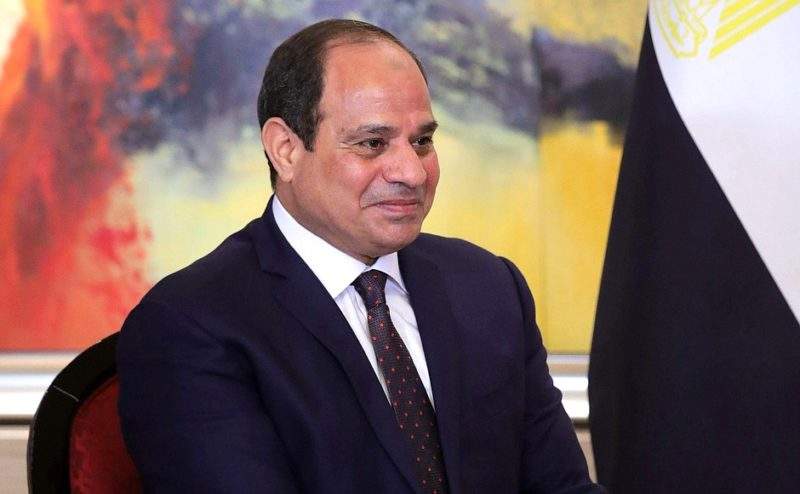
President Abdel Fattah al-Sisi inaugurated three new power stations in Egypt on Tuesday, built as part of the country’s push for energy development at a total cost of €6bn .
Construction of the three new sites was initiated in 2015 as part of an €8bn deal to supply gas and wind power plants to try and boost electricity generation by 50%.
The gas-powered station was unveiled in the administrative capital, a city currently under construction and envisioned as the future government seat east of Cairo. At the site’s opening, Sisi made a statement applauding his country’s ability to meet the energy demands of all 100 million inhabitants.
He said: “Today is a day of hope, we have come a long way in one of the most important elements of building and development in the state.”
The plant has a generation capacity of 4,800 MW and was one of two built in collaboration with Siemens and Egypt’s Orascom Construction. The second has a generation capacity of 9,600MW and is located in Burrulus, in the Nile Delta.
The third gas-powered plant is in Beni Suef, 110km south of Cairo. It also has a generation capacity of 4,800MW. According to state-run paper al-Ahram, the facility will have enough power to meet the needs of 15 million people.

US Tariffs are shifting - will you react or anticipate?
Don’t let policy changes catch you off guard. Stay proactive with real-time data and expert analysis.
By GlobalDataEgypt has been building its energy infrastructure and electricity production since the country’s 2011 uprising, which caused widespread power shortages, frequent blackouts and cuts to industrial output. Many of the subsequent street protests were motivated by frustrations over infrequent power supply, with unrest ultimately leading to the ousting of then-President Mohammed Morsi in July 2013.
Ending power shortages became a key part of Sisi’s policy, and since his election in 2014 he has been pushing for energy development in the country.
Electricity Minister Mohammed Shaker said the country has spent more than €20bn on energy projects since June 2014 in an attempt to counter shortages dating back to at least 2008.
While Egypt has predominantly relied on natural gas for its electricity production—making up around 90%— the country has its sights set on boosting the proportion of renewables in its total energy mix, with the aim of getting 20% of its energy needs from such sources by 2022, and up to 40% by 2035. Currently, renewable energy only makes up 3% of the country’s electricity supply.
In keeping with this aim, Sisi has also opened one of the largest wind farms in the world at a cost of $673m. The site, called Gebel el-Zeit, is located in the Red Sea province and has a generation capacity of 580MW.



